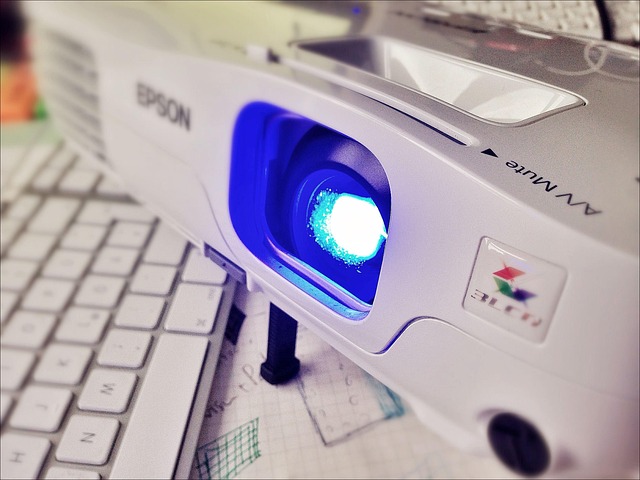The Ultimate Guide to Understanding Customer Units in Television
When you think about your television watching experience, you often focus on the content, picture quality, or even the brand of your TV. But have you ever paused to consider the “customer unit” behind all of this? In the world of television, the term “customer unit” isn’t just jargon—it represents an essential aspect that connects viewers like you to the vast universe of television services. Whether you’re a seasoned tech enthusiast or a casual viewer, understanding these units can transform the way you perceive your TV setup.
What Exactly is a Customer Unit?
In the television industry, a customer unit typically refers to the hardware device or module installed at the customer’s premises that receives and decodes television signals. Think of it as the bridge between the television broadcast and your living room screen. These units could be set-top boxes, cable receivers, or proprietary modules offered by the service provider.
Understanding the customer unit is crucial because it directly affects how you access channels, interact with your service provider, and experience on-demand content. Without this unit, your television would essentially be a blank screen, no matter how advanced the display.
Why Should You Care About Your Customer Unit?
From your perspective as a viewer, recognizing the role of the customer unit brings clarity to common issues: streaming glitches, access restrictions, or even subscription problems often trace back to this device. Additionally, knowing how it works empowers you in several ways:
- Troubleshooting: When your picture freezes or channels don’t load, you’ll know whether the customer unit or the TV itself is the culprit.
- Upgrading: You can make informed decisions about upgrading your equipment to unlock new features like 4K streaming or interactive TV.
- Customization: Some customer units allow you to personalize settings, integrate apps, or enhance parental controls.
How Customer Units Evolve with Television Technology
The television landscape has undergone radical transformation over the years, and customer units have evolved accordingly:
From Analog Boxes to Digital Receivers
Older setups used analog customer units that frankly had limited functionality. Today’s digital units offer enhanced picture quality, electronic program guides, and interactive menus.
Smart Customer Units and Streaming Integration
The rise of smart TVs and streaming services blurs the line between customer units and television sets themselves. Now, many customer units come preloaded with popular streaming apps, making it easier than ever to switch between traditional and internet TV.
Wireless and Compact Units
The shift toward wireless technology means customer units are now more compact and less intrusive. Some providers offer units that connect via Wi-Fi, reducing cable clutter and improving aesthetics in your living space.
Tips for Getting the Most Out of Your Customer Unit
Your customer unit holds the key to many delightful TV moments. Here are some practical tips to enhance your experience:
- Keep Firmware Updated: Regularly update your customer unit’s software to enjoy the latest features and security patches.
- Read the Manual: It might sound old-fashioned, but user manuals often reveal hidden features and troubleshooting tricks.
- Optimize Settings: Explore picture and sound settings tailored to your preferences for the best experience.
- Contact Support: If things get complicated, your TV service provider’s support team can guide you with unit-specific advice.
Bridging the Viewer and Technology
At the end of the day, the customer unit is what makes your television experience possible. It’s the unassuming hero in your entertainment setup, quietly working to deliver your favorite shows, movies, and news. By understanding its role, you not only appreciate your TV more but also gain control over a technology that’s deeply woven into your daily life.
So next time you sit down to watch your favorite series or catch a live event, spare a thought for the customer unit that brings it all to life. Because in the television world, it’s more than just a device—it’s the gateway to your entertainment universe.




